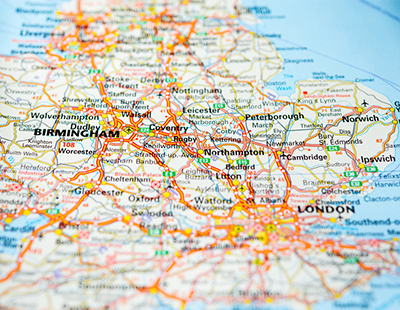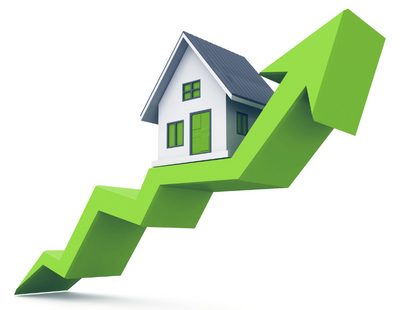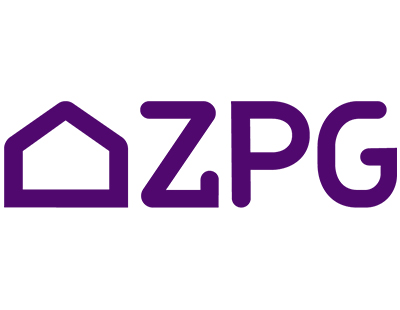Residential property prices are increasing faster in cities in the north of England and parts of Scotland than they are in the south of country, fresh data from Zoopla shows.
While there is still a major gap in the average value of property between north and south, it has narrowed. Booming prices in the likes of Edinburgh, Liverpool and Cardiff far outpaced the growth in southern cities, including Cambridge, London and Southampton.
Southern cities recorded average annual price growth of 0.7% in June 2019 – the lowest level since January 2012.
In contrast, northern cities recorded average annual price growth of 3.6% as demand for housing continues to keep pace with supply.
The gap in property price growth between north and south of England has been widening for the last two years and remains close to its widest level, but the latest data from Zoopla suggests that trend may reverse in the coming months.
Overall, property price growth in UK Cities slowed to 1.7% over the 12 months to June 2019. Price increases ranged from a high of 5.1% in Edinburgh to a low of-3.2% in Aberdeen.
Cities in the north of England, Scotland and Midlands continue to post above average growth while the slowdown in London continues to spread into cities across southern England and looks to be feeding into parts of the midlands.
Down south
The majority of the seven cities registering less than 1% in house price growth in June were located within southern England. This is with the exception of Aberdeen which is still suffering the effects of the oil price collapse in 2015 where prices in the Granite city have been falling for the last four years. This is the highest number of cities recording annual price growth of less than 1% in six years.
Price growth in southern cities ranged between +2% in Bristol to -0.3% in Cambridge. Despite house prices continuing to register annual price falls in Cambridge for 10 out of the last 12 months, average property prices in this university city are currently the second most expensive of all 20 cities analysed, sitting at £425,800. This is £1,245 less than the average price recorded in June 2018. London continues to be the most expensive city, with prices averaging £484,200.
Richard Donnell, research and insight director at Zoopla, said: “There is a clear imbalance between supply and demand for housing across southern cities and this explains why house price growth in these cities is at its lowest level since 2012.”
Up north
Underlying market conditions remain stronger in northern cities where supply and demand are more in balance. This is supporting annual average price growth of 3.6% across this region.
The strongest market conditions are in Liverpool, where the amount of new supply coming to the market is in line with the number of sales being agreed.
This is a clear indication that demand is meeting supply in the city and is reflective of the strong price growth the city is currently seeing, with prices rising by 4.9% over the 12 months to June 2019.
Donnell added: “Robust demand from buyers continues to support house price growth in northern cities and Edinburgh. Average prices in northern cities are registering annual growth of 3.6%. This is a stark comparison to the 0.7% growth in southern cities.
“We expect regional cities outside the south of England to continue to out-perform, although there are early signs of weaker growth ahead in parts of the midlands as successive years of house prices rising faster than earnings is beginning to weaken demand.”
London
Zoopla says that market in London is coming to the end of a three-year repricing process. There has been a modest improvement in balance of supply and demand over the last six months thanks to a small, but important, increase in sales agreed and less new supply coming to the market for sale.
Whilst prices are still registering small price falls across many parts of London on an annual basis, the annual price change remained flat in June 2019 in comparison to -0.5% in June 2018.
Donnell continued: “London has led the slowdown over the last three years, but here there are signs of greater realism on pricing from sellers and this has resulted in a small but important increase in sales. Affordability and weak market sentiment remain the main constraints on the London market.”
Want to comment on this story? Our focus is on providing a platform for you to share your insights and views and we welcome contributions.
If any post is considered to victimise, harass, degrade or intimidate an individual or group of individuals, then the post may be deleted and the individual immediately banned from posting in future.
Please help us by reporting comments you consider to be unduly offensive so we can review and take action if necessary. Thank you.




.jpg)










.png)






Join the conversation
Be the first to comment (please use the comment box below)
Please login to comment